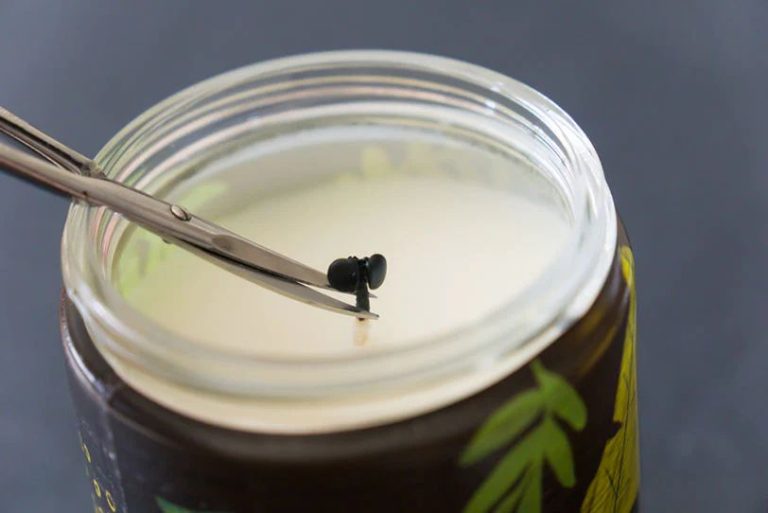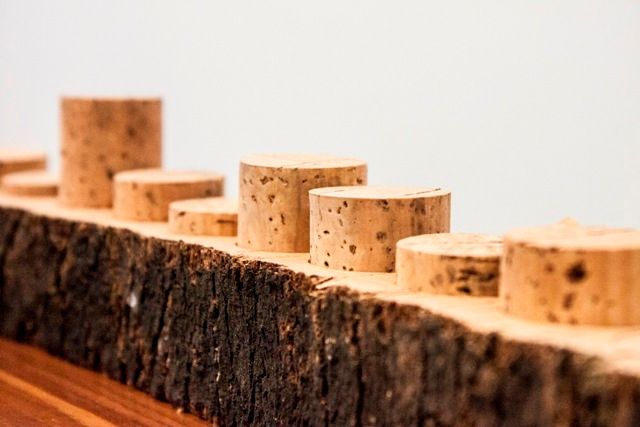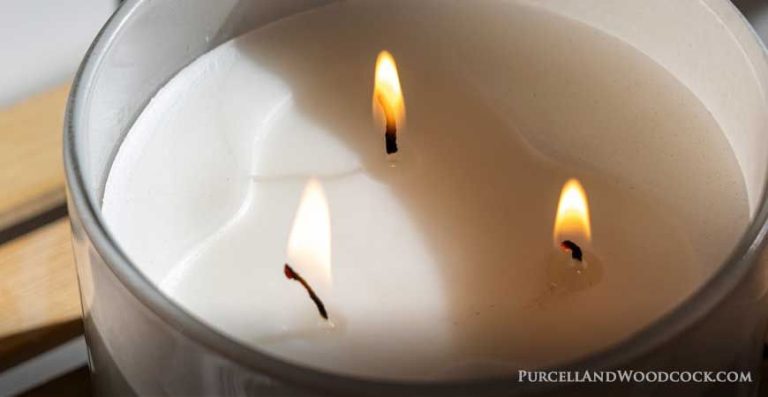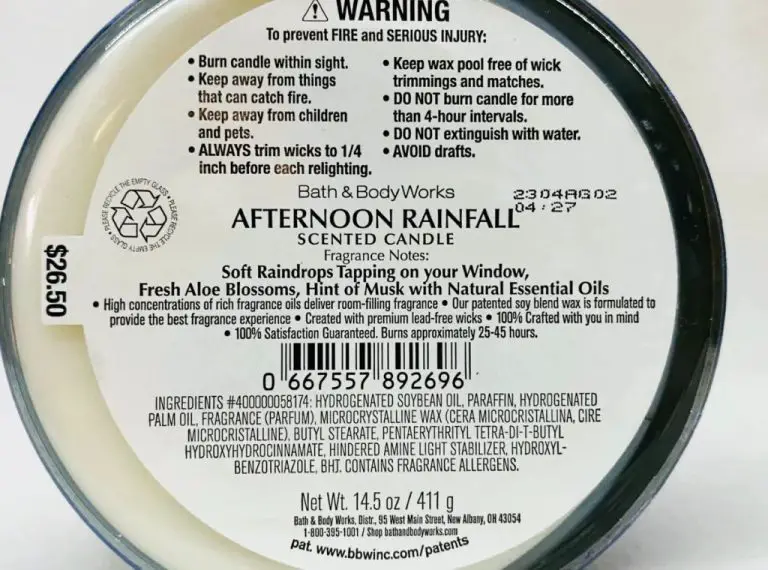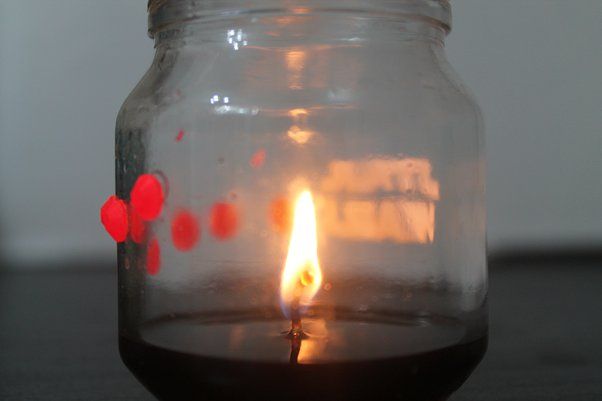Why Does My Candle Only Burn In The Middle?
Candles that burn unevenly, often characterized by the flame only reaching the wax in the center of the candle, is a frustrating phenomenon commonly referred to as “tunneling” or “wick drowning.” It leaves wasted wax around the sides and edges of the candle container, and results in the candle burning out more quickly. While tunneling can happen for a variety of reasons, it’s often preventable with proper candle care and choosing the right candle for your needs.
Wick Issues
One of the most common reasons for a candle only burning in the middle is that the wick is too short or too long for the candle’s width. If the wick is too short, the flame will not be able to melt the wax at the outer edges of the container as it burns. This leads to uneven melting and the characteristic “tunnel” shape [1]. On the other hand, if the wick is too long, the flame may spread out and scorch the sides without properly melting the middle of the candle [2].
Another wick-related issue is if the wick is off-center in the candle container. This will make the flame burn closer to one side and melt that wax more than the other side. Centering the wick properly can help the flame reach all edges of the wax pool evenly.
When purchasing a new candle, check that the wick appears proportional to the width of the jar or container. Once lit, closely observe the melting pattern and adjust the wick as needed by trimming the end if the flame is too widespread.
Wax Composition
The type of wax used in a candle affects how quickly it burns. Paraffin wax, a byproduct of petroleum refining, is the most commonly used candle wax. It is inexpensive and releases a bright flame when burning. However, paraffin burns quickly, with a burn rate of approximately 1 inch per hour (source: https://www.sciencedirect.com/science/article/abs/pii/S0010218023000135).
Beeswax and soy wax are natural waxes that burn slower than paraffin. Beeswax has a burn rate of approximately 1 inch every 2-3 hours. The slower burn rate is due to beeswax having a higher melting point than paraffin (source: https://www.chemistryviews.org/details/ezine/11115935/Burning_Time_of_a_Candle/). Soy wax also burns slower with a rate of about 1 inch every 3-4 hours. The natural waxes release less soot and burn cleaner than paraffin.
Manufacturers often blend waxes or add chemicals called Vybar or stearic acid to alter burn rates. Adding harder waxes or non-wax additives increases melt point and reduces the burn rate. Using softer waxes or oils makes the wax pool easier and increases burn rate. Finding the right wax composition is key to achieving the desired candle burn time.
Container Size
The size of the candle container greatly impacts how quickly the candle burns and whether tunneling occurs. As noted in this article, larger candles with bigger wicks tend to burn wax much faster than smaller votive candles. This is because larger containers allow more oxygen to reach the flame, enabling faster burning.
Additionally, a wider container diameter provides more surface area for the melted wax to pool. This larger wax pool leads to increased evaporation and fragrance loss. A smaller container diameter helps concentrate the heat and keeps the wax pool smaller, slowing the burn rate.
Larger containers can also encourage tunneling, where the wax burns only in the center and leaves the outer edges untouched. The wider space allows more cold air to hit the outer wax and solidify it. Meanwhile, the heat concentrates in the middle and continues melting wax only in that region. A narrower container helps minimize tunneling by retaining more heat in the smaller wax pool area.
Air Currents
Air currents in a room can cause candles to burn unevenly with a wavy burn pool. As air blows past the candle, it causes the flame to flicker and dance around 1. This disrupts the even melting of the wax and causes it to melt more on one side than another. The result is a wavy and uneven wax pool.

Similarly, fast moving air from a fan or vent can bend the flame toward one direction on the candle. With the heat and flame concentrated on one side, the wax will melt faster there and create an uneven effect. Hot wax may pool deeply on the flame side, while wax on the opposite side gets little heat and remains unmelted.
To prevent air currents from disrupting even burning, candles should be sheltered from drafty areas. Avoid placing them directly in front of fans, vents, or open windows where strong air flow will disturb the flame. A steady, draft-free area will allow the flame to burn straight upwards and melt the wax evenly.
High vs Low Altitude
The altitude at which a candle burns can significantly impact the burn rate and quality of the flame. At higher altitudes, the air pressure is lower, meaning there are fewer oxygen molecules available for combustion. According to a study by the University of Waterloo, the same candle burned over 50% faster at an altitude of 5,000 feet compared to sea level [1]. The lower air pressure results in a less stable flame that often causes more wax pooling and tunneling.
Candle makers recommend testing candles at different altitudes to ensure proper performance. The forum post on Craft Server notes candles tested at high altitudes above 5,000 feet needed special testing and adjustments to the wax blend [2]. Burn time and melt pool size can vary greatly between sea level and mountainous regions. Proper wicking becomes even more important to account for the change in oxygen availability.
While altitude impacts all candles, the effects are most noticeable on large pillars and containers with a wider diameter. The greater wax volume takes longer to liquefy and reach the full melt pool size. Smaller candles or votives may show less visible difference in flame height or burn time between high and low altitudes.
Proper Candle Care
Proper candle care is key to achieving an even burn. Here are some tips:
Trim the wick to 1⁄4 inch before lighting. Long wicks cause uneven burning and tunneling. Use scissors or nail clippers to trim wicks [1].
Allow the wax pool to form completely across the top before extinguishing. This helps prevent tunneling. Let the wax pool for 4-6 hours for large candles [2].
Keep wicks centered as the candle burns. Use a wick dipper tool to center wicks and remove excess wax.
Allow the candle to cool completely between burns. This helps the wax to pool evenly next time.
Avoid drafts which can cause uneven burning. Shield candles from fans, vents, and open windows.
Rotate the candle occasionally to promote even wax pooling.
Follow any specific care instructions from the manufacturer.
Troubleshooting
If you notice your candle is tunneling, there are a few methods you can try to fix it. For jar candles, one of the easiest ways is to use a hairdryer to gently re-melt the wax on the top layer of the candle. As explained on the Harlem Candle Company website, “Trim the wick and remove any debris inside the tunnel. Using a heat gun (if you have one) or hair dryer (on a low, cool setting), slowly go over the candle wax surface until the crater smooths out” (Source). The key is to evenly heat the top layer of wax so it melts and becomes smooth again. Avoid overheating any one section. Let the wax cool and harden again before relighting.
Another option is to use aluminum foil to reflect heat back to the top of the candle, preventing further tunneling. Place a piece of foil over the top of the jar, but leave a hole in the center so the wick can still be lit as normal. The foil helps direct rising heat back towards solidifying wax near the edges. Prosperity Candle recommends this easy method, saying “Cover the top with aluminum foil and use a pin to puncture a hole where the wick is located. This helps reflect the heat to the outer edges of the candle” (Source). Make sure to monitor the candle closely when burning with foil.
For severe tunneling, you may need to discard the top layer of wax, trim the wick, and allow a fresh wax pool to form. But mild to moderate tunneling can often be fixed with a simple hair dryer or foil method.
When to Discard
If you’ve tried the troubleshooting steps but your candle continues to tunnel or burn unevenly, it may be time to discard it. Here are some signs that indicate your candle is beyond saving:
- The wick is drowning in melted wax no matter what you try.
- The wax pool becomes dangerously deep but the sides remain unmelted.
- Smoke or soot persists, signalling continued wick issues.
- You smell burning or scorching when the candle is lit.
- The glass container has become dangerously hot.
- Wax remains stuck to the sides in hard, uneven drips.
- The wick can’t stay straight and keeps falling over no matter how many times you center it.
While properly caring for candles can prevent and fix many burning issues, sometimes persistent tunneling, uneven melting, or wick problems mean it’s time to stop using the candle. Throwing it out avoids safety risks and wasted time trying to revive it. Lighting a new candle will provide an even, safe burn.
Summary
To recap, the main reasons for uneven candle burning and tunneling include issues with the wick being off-center or too small, the wax composition being too soft or containing impurities, the container being too large for the melt pool, air currents around the candle, and burning at high altitudes. Solutions include trimming the wick to 1⁄4 inch before each burn, using proper wick sizing, adding foil around the edges to contain heat, moving the candle away from drafts, and being patient through the first few burns to allow the melt pool to even out. Tunneling can often be avoided by taking proper care of your candle. However, if severe tunneling occurs it’s best to stop burning and discard the candle. With the right wick, wax, and burning conditions your candle should provide an even burn from edge to edge.

